Only the Yankees and Dodgers have made more postseason appearances than the St. Louis Cardinals, who stake claim to “the best fans in baseball.”
This list, as is the case with all of our Franchise Top 20 articles, is ranked by Wins Above Replacement.
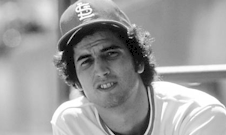
The best defensive metrics we have reveal Hernandez to have been a valuable first baseman. He was a batting champion as a Cardinals, and the team won a World Series with him in the lineup. His exit was acrimonious: manager Whitey Herzog didn’t want his bad habits in the clubhouse.

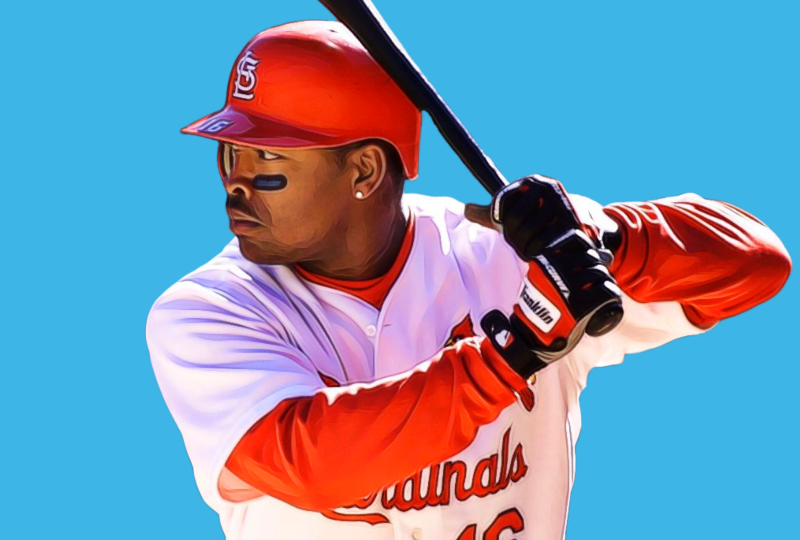
Lankford replaced Willie McGee in center field for the Cardinals late in the 1990 season. He came in at the tail end of the Whitey Ball era. He was replaced by Jim Edmonds about a decade later.
Lankford is the only player to have at least 200 stolen bases and home runs for the Cardinals. He had his best season at age 31 and declined rapidly.

In his eight seasons as a Cardinal, Edmonds averaged 30 home runs, 29 doubles, .395 on-base percentage, and .555 slugging percentage. He won six Gold Gloves for St. Louis.

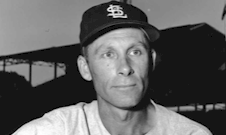
Last name pronounced “BRU-KEEN.” They called Harry “The Hat,” because he liked to tip his cap down on his head, sort of like Andy Pettitte did decades later.
Brecheen was a hard=throwing left-hander. He only won 20 games once, but he was an ace. In the 1946 World Series, Brecheen win both of his starts, and captured another victory in relief.
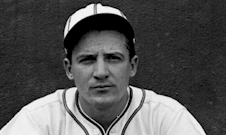
Once, Chicago Cubs manager Charley Grimm was going over the St. Louis lineup with his starting pitcher prior to a game. When they came to Medwick, the pitcher asked Grimm how he should pitch him. Grimm replied, “Just throw the ball and back up third base.”
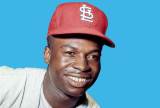


Fewest Stolen Bases Attempted Against, 2005-2020
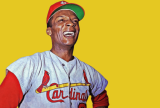
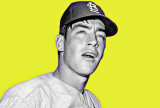

In 2022, Adam Wainwright and Yadier Molina set a record for most starts by a battery (pitcher/catcher duo), with 325. The previous mark was held by Mickey Lolich and Bill Freehan, who did all their work together on the Detroit Tigers. Wainwright and Molina also hold the record for most team wins in games they started, with 218.
Wainwright grew up in southern Georgia, near the Gulf Coast, and he was a big fan of the Atlanta Braves. When he was 10, the Braves appeared in their first World Series. When Adam was 14, they won the Fall Classic for the first time. The young Wainwright’s heroes were Greg Maddux, Tom Glavine, and John Smoltz. When he became a pitcher, he later identified mostly with Smoltz, who was the power pitcher of that group.
The Braves drafted Wainwright out of high school in the 2000 MLB Amateur Draft, as the 29th overall pick. At 6’7, “Waino” was hard to miss in his first spring training in the Braves organization. But he was also noticed by others, and at the 2003 winter meetings, when Atlanta needed an outfield bat, they dealt Wainwright to the Cardinals for J.D. Drew in a multi-player trade. Drew had one very good season in an Atlanta uniform, but left town as a free agent. Wainwright haunted the Braves for a very long time.
In the 2006 postseason, 24-year old Wainwright pitched nine games out of the bullpen for the Redbirds, allowing zero runs. He pitched in the postseason in nine different seasons for St. Louis, with a 2.83 ERA in 29 games. He belongs in any all-time Cardinals rotation you construct for the franchise.
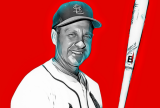

Through the first half of his career, Boyer was more valuable than George Brett, Sal Bando, or Adrian Beltre were. Only four third basemen had more Wins Above Replacement in their first ten seasons: Wade Boggs, Eddie Mathews, Mike Schmidt, and Ron Santo. But after the age of 34, Boyer only played as many as 120 games in a season one time. He wasn’t banged up: he got a late start. Boyer was 24 years old in his rookie season. Had he been able to get to The Show as a teenager like Robinson and Mathews did, he could have piled up even more numbers. Boyer missed two full seasons while in the Army in the Korean War. I don’t ever hear the voters in Cooperstown talk about that, which is a shame, because without that interruption, Ken Boyer would almost certainly have been in the major leagues a few years earlier, and his Hall of Fame credentials (already solid) would be ironclad. He batted .321 with power in four seasons in the minor leagues, itching for a chance to prove himself in the majors.
Beginning at the age of 25, Boyer received MVP votes in eight of nine seasons, culminating in winning the award in 1964 when he helped the Cardinals to their first pennant in 18 seasons.

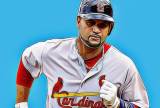
Probably the greatest right-handed hitter in baseball history. In his first 11 seasons, all with the Cardinals, Albert averaged 155 games, 117 runs, 41 doubles, 40 home runs, 121 RBI, 89 walks, and a slash line of 328/421/617. He won three MVP awards, but probably could have six or seven.
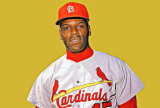
“Gibson has by far the liveliest arm in the National League. He’s as tough as they come,” said Dick Allen in 1965. “Gibson makes the left-handers cry and he makes us right-handers cry too. I hit a home run on a curve off him last year and all he gives me now is fastball, fastball, fastball.”

Hornsby batted .382 in the 1920s, and from 1921 to 1925, “The Rajah” batted an amazing .402, averaging 41 doubles, 13 triples, and 29 home runs per season. He was not a slap-hitting .300 hitter. All of that damage came in the National League, where Hornsby won two Most Valuable Player awards and seven batting titles in the Roaring Twenties. He led the Cardinals to their first championship in 1926, as a player/manager.

“Throw four wide ones and let him walk to first.” — Preacher Roe, on how to pitch to Stan “The Man” Musial
As of 2022, nearly 60 years after he played his last, Musial still ranks second all-time in total bases, behind only Henry Aaron.
This feature list was written by Dan Holmes, founder of Baseball Egg. Dan is author of three books on baseball, including Ty Cobb: A Biography, The Great Baseball Argument Settling Book, and more. He previously worked as a writer and digital producer for the National Baseball Hall of Fame, as well as Major League Baseball Advanced Media.
No reproduction of this content is permitted without permission of the copyright holder. Links and shares are welcome.
No posts found!